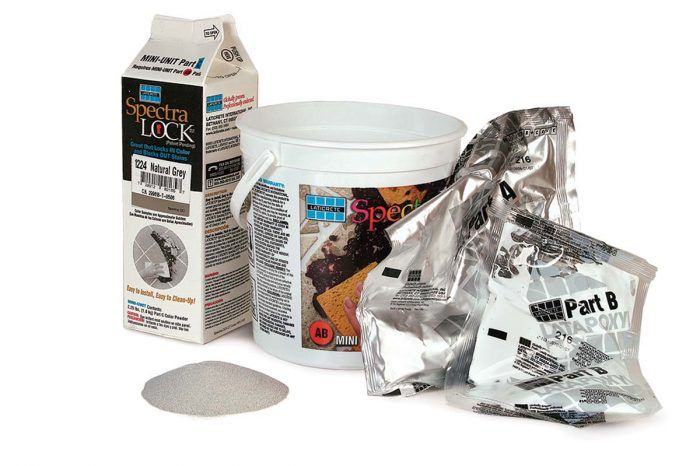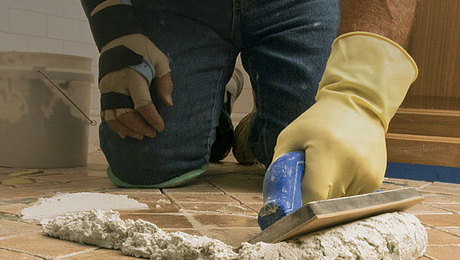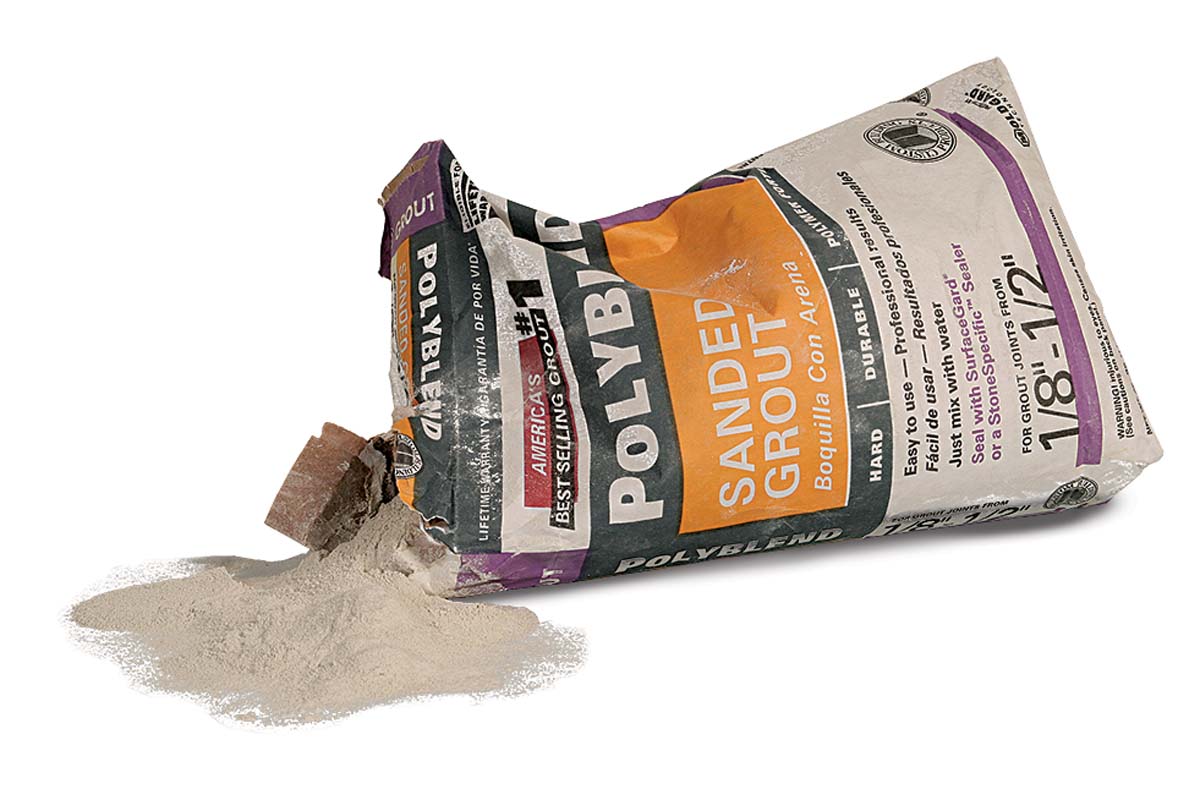Epoxy vs. Cement Grout
Learn how to choose between stronger and more expensive epoxy and traditional, easy-to-apply cement-based grout.

Epoxy grout is expensive but more durable
Epoxy grout has several appealing qualities, including its strength, its stain- and chemical-resistance, and its availability in a broad range of colors. These qualities make it the best choice for heavily trafficked locations or in areas that often come in contact with powerful cleaning agents.

Epoxy grout is applied the same way as cement grout. It’s spread over tile with a float and packed into the grout joints. Excess grout is then removed. Although this technique is the same for both types of grout, the stress level is much higher when working with epoxy. This is because epoxy has a shorter working time than cement, especially in warmer temperatures. Also, hardened epoxy is hard to remove, so it’s crucial to remove residue completely. Any epoxy left on the tile surface for an extended length of time will likely become a permanent feature.
Another epoxy-grout shortcoming is the possibility of its color darkening or yellowing under exposure to the sun, although that is less likely to occur with new epoxy-grout formulas.
Laticrete SpectraLOCK Mini Unit, $40 (ANSI 118.3 recognized)
Portland-cement grout is cheap and easy to work with
Sold as a dry mixture, cement-based grout is suitable for most applications. It’s readily available in a variety of colors and is more forgiving to work with than epoxy grout. Unlike epoxy grout, its residue can be buffed off tile the day after it’s applied. However, epoxy-grout ingredients are packaged to ensure accurate mixing. Cement grout can be mixed incorrectly if too much or too little water is added, possibly weakening the grout while also causing color to fade or to be inconsistent. Also, cement-grouted joints require grout sealer, but epoxy-grouted joints don’t.

Photos by Krysta S. Doerfler





